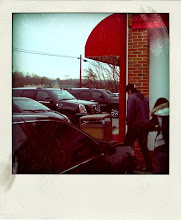
John Klima is a new media artist with a background in photography as well as programming. He went to school at SUNY Purchase. His piece Glasbead, an interface that "exemplifies the convergent nature of new media art." Klima was inspired by Herman Hesse's novel "The Glass Bead Game"which has been described by some as a sort of "metaphor for the internet."
Klima's piece "enables up to 20 simealtanous participants to make music collaboratively." Users can pull the stems of this flower like orb to create sound.
I find this piece interesting because it combines visual and auditory tools to provide an interactive place where music can be created. Klima approaches his work from both an art as well as a technological background, which is true of many new media artists.


